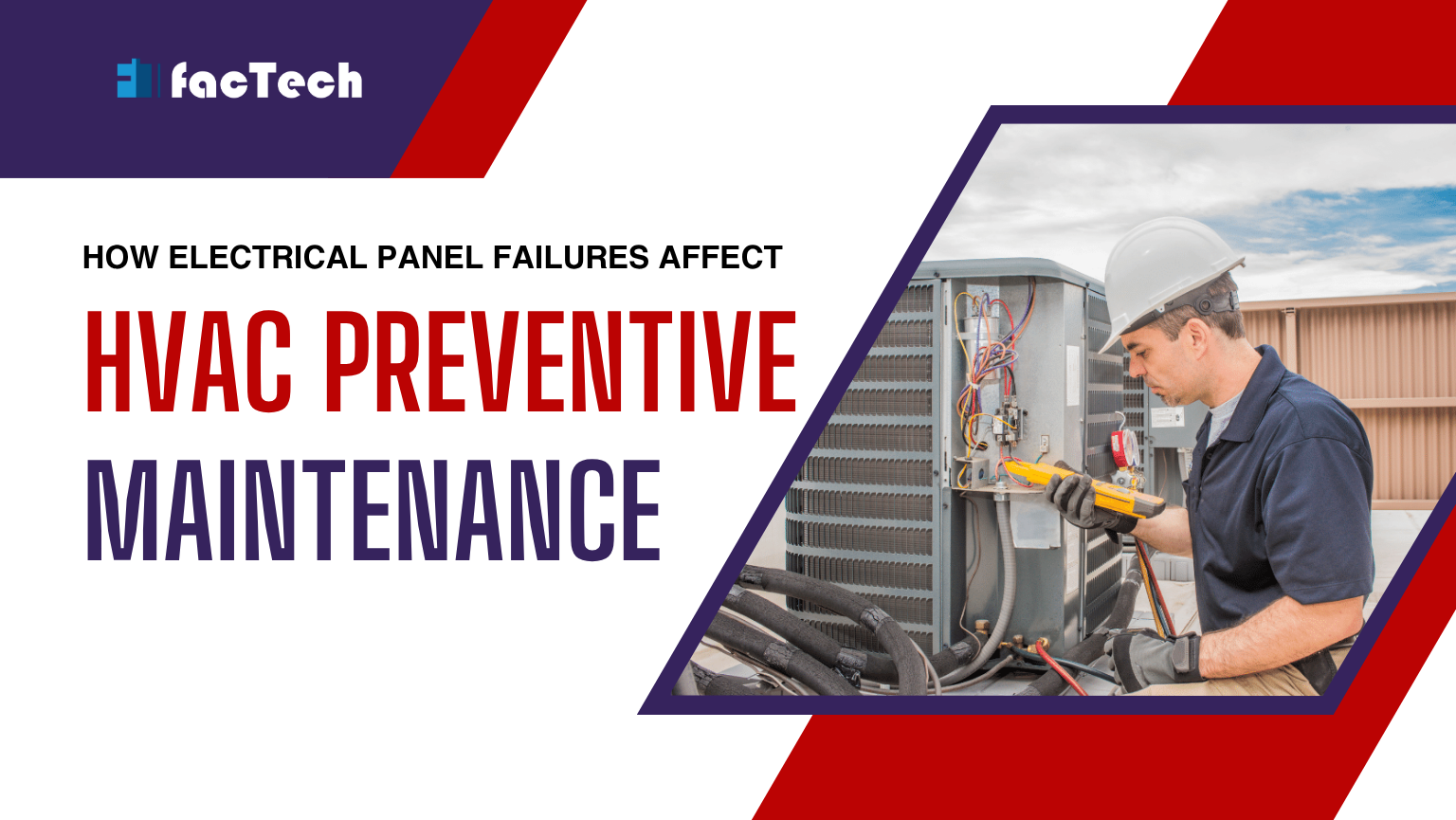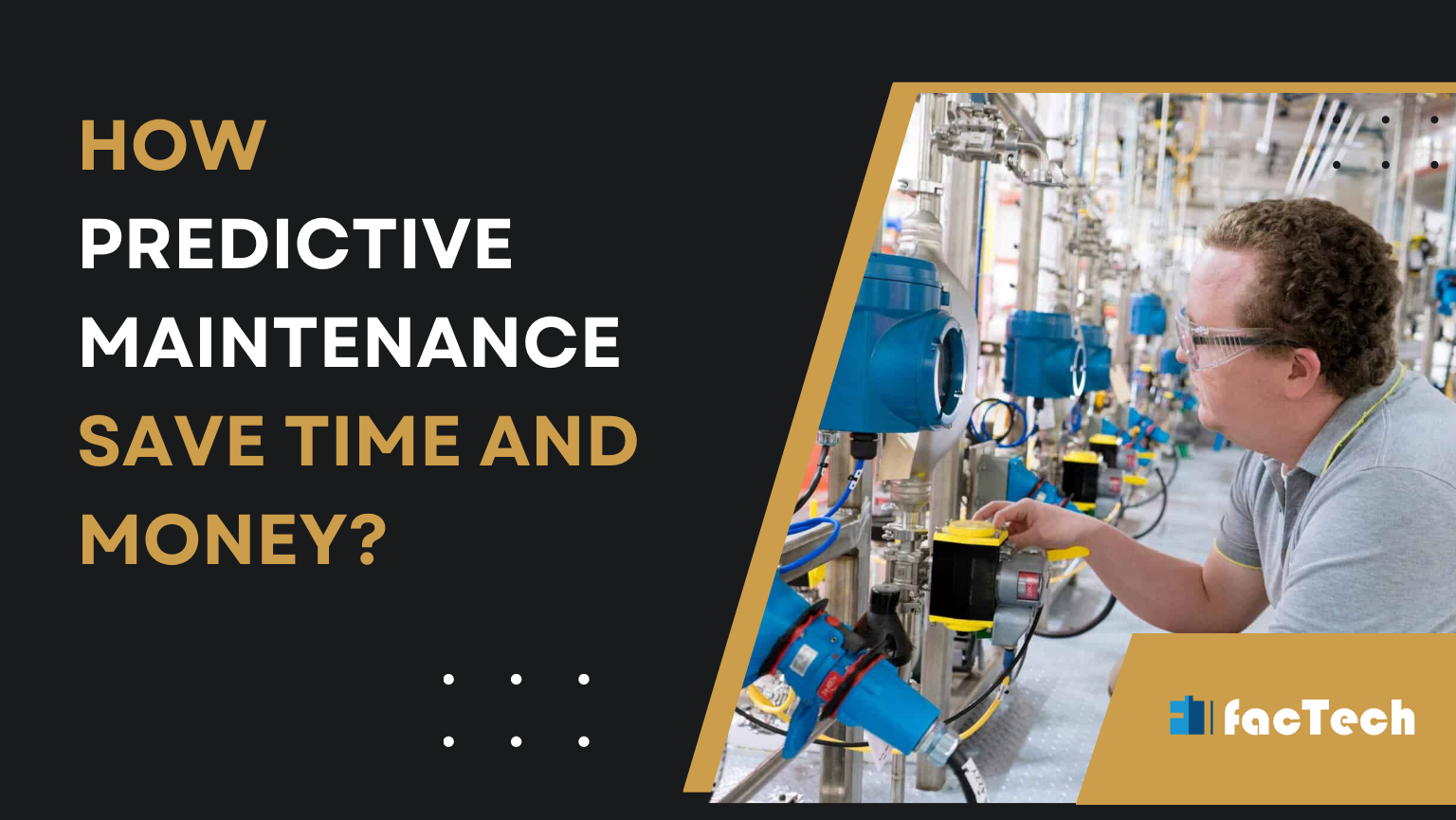Corrective vs Breakdown vs Reactive Maintenance
Corrective vs Breakdown vs Reactive Maintenance
The selection of a maintenance strategy is essential in the field of asset management to guarantee optimal performance, minimize delay, and maximize return on investment. This article will explore three principal maintenance strategies: corrective, breakdown, and reactive. Each method has its own unique characteristics, advantages, and disadvantages. Businesses can maximize their maintenance practices by comprehending these strategies and making informed decisions.
Corrective Maintenance
Corrective maintenance is a proactive strategy that entails the identification and resolution of prospective equipment malfunctions prior to their occurrence. This approach is designed to mitigate downtime and prevent breakdowns by conducting routine inspections, instituting preventive measures, and employing condition-based monitoring.
Proactive approach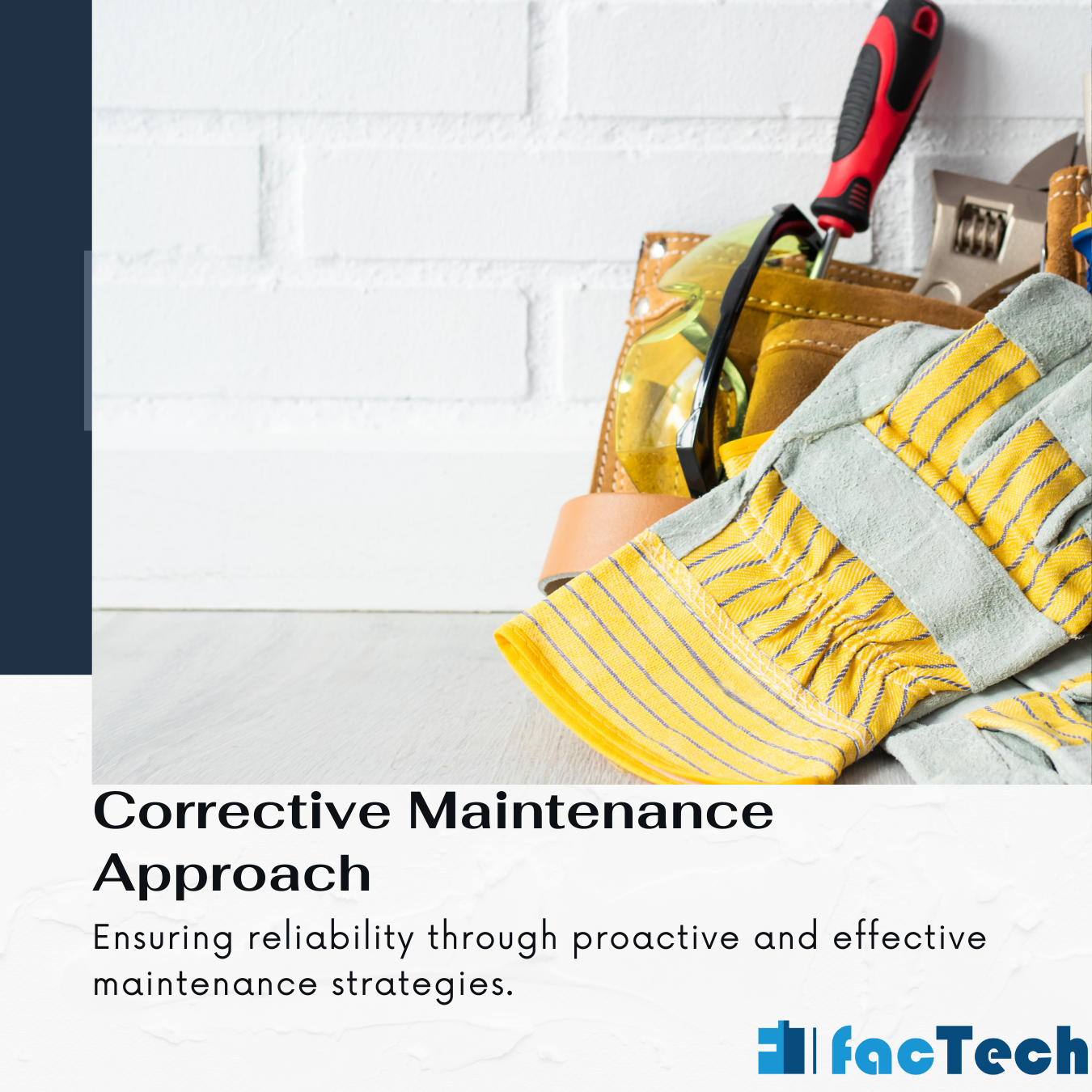
Emphasizes the prevention of failures rather than their response.
Proactive maintenance entails taking action to stop malfunctions before they start. This comprises:
Frequent Inspections: Performing regular inspections to spot possible issues and deal with them before they get worse.
Preventive Maintenance: Keeping equipment in good operating order by following a plan of preventive maintenance operations like cleaning, lubrication, and adjustments.
Read more:
Condition monitoring: Making use of technology to keep an eye on the state of machinery and spot possible problems before they become serious.
By using cutting-edge methods to forecast when equipment is likely to break, predictive maintenance enables planned repair to avert malfunctions.
A proactive approach’s advantages
Decreased Downtime: Proactive maintenance can drastically cut down on unscheduled downtime by averting breakdowns.
Reduced Costs: By extending the life of equipment, routine maintenance can help to avoid expensive repairs or replacements.
Increased Safety: There is a lower chance of a safety danger with well-maintained equipment.
Enhanced Productivity: Higher output and income might result from decreased downtime and enhanced equipment reliability.
Increased Customer Satisfaction: Dependable machinery can increase patron loyalty and satisfaction.
Applying a Preemptive Strategy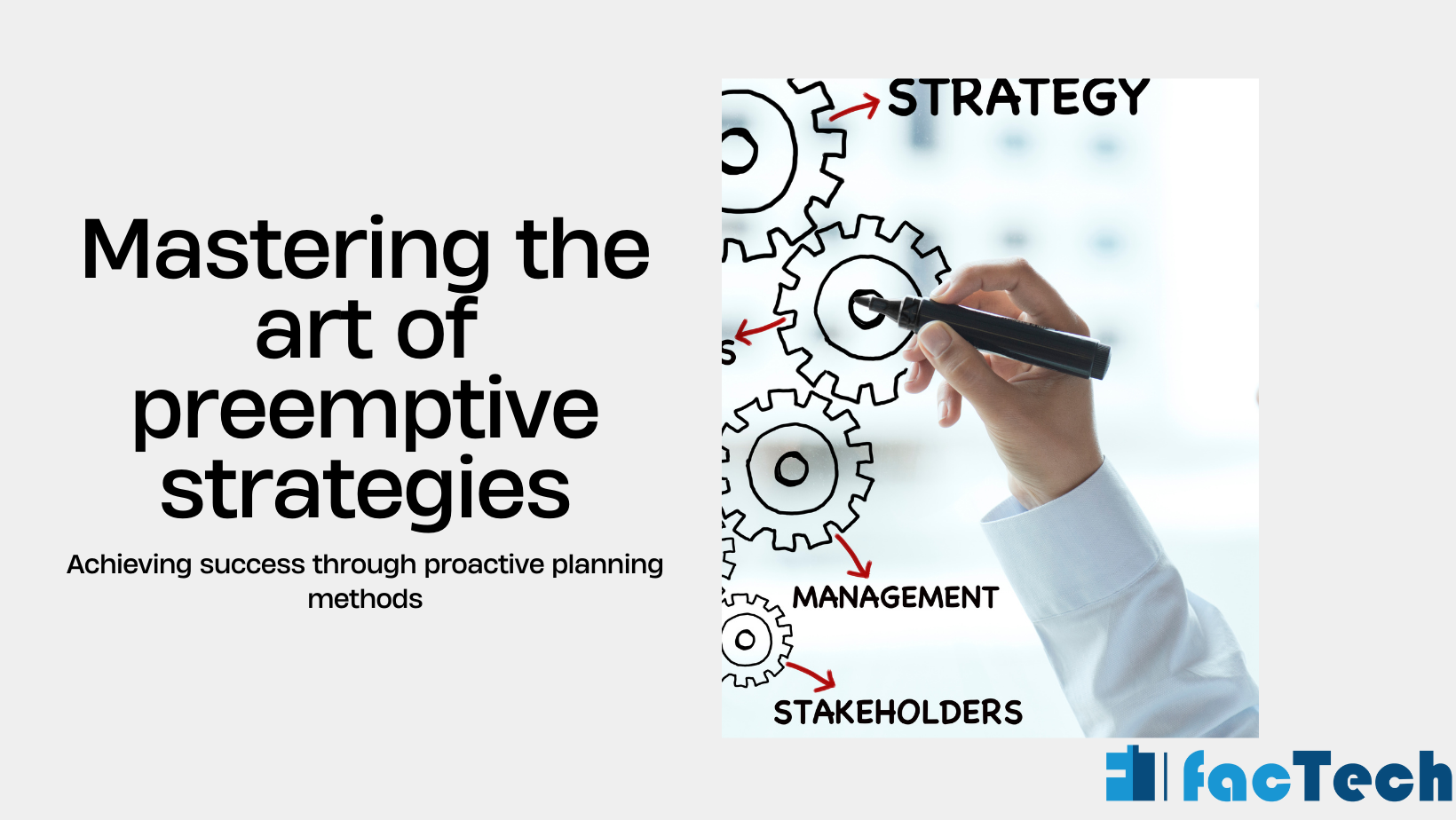
In order to effectively execute a proactive maintenance strategy, establishments must to:
Make a Comprehensive Assessment: Determine what needs to be improved and assess the equipment’s existing condition.
Create a Plan for Maintenance: Make a thorough maintenance plan that includes timetables for inspections, condition monitoring, and preventative maintenance.
Put Money Into Technology: To increase maintenance efficiency, make use of cutting-edge technologies like condition monitoring systems and predictive maintenance software.
Employee Training: Make sure staff members possess the abilities and know-how needed to carry out maintenance duties efficiently.
Monitor and Modify: Keep a close eye on the maintenance program’s efficacy and adapt as necessary.
Advantages: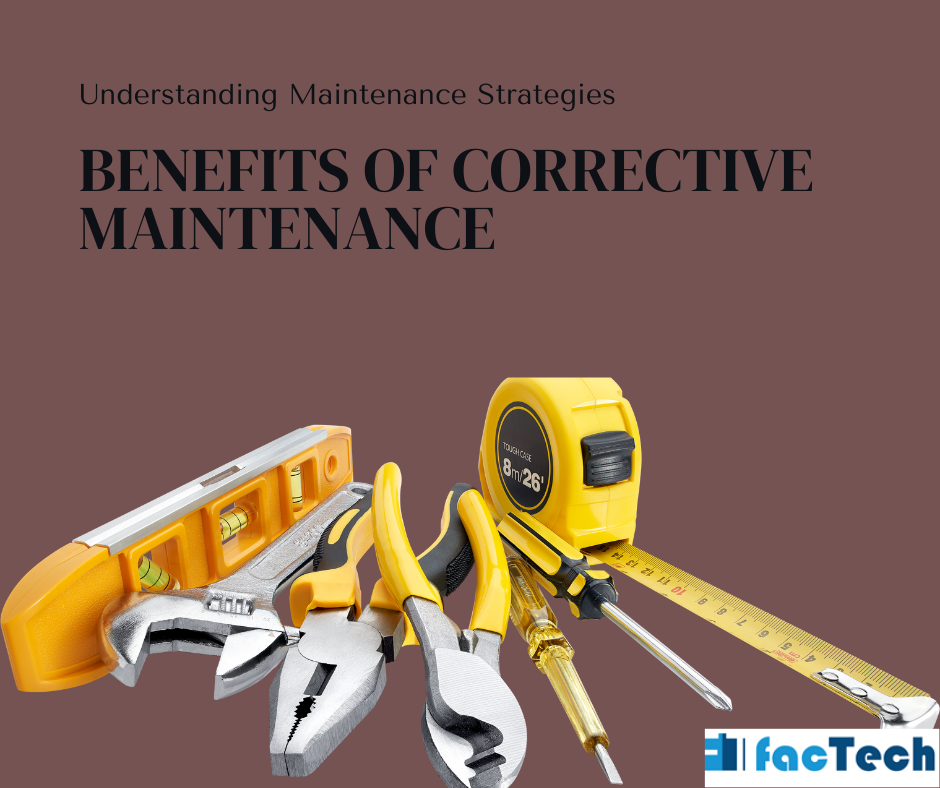
Increased apparatus reliability: Guarantees that assets are operating at their peak efficiency.
Reduced downtime: Prevents unforeseen malfunctions that could disrupt operations.
Reduced maintenance expenses: Can decrease long-term expenses by preventing costly repairs and replacements.
Enhanced safety: Assists in the identification and mitigation of potential safety hazards.
Disadvantages:
1) Higher upfront costs: Requires investment in inspections, monitoring equipment, and preventive actions.
2) Potential for over-maintenance: May result in unnecessary repairs or replacements if not correctly managed.
Breakdown Maintenance
Reactive maintenance, also referred to as breakdown maintenance, is a reactive approach that entails the repair or replacement of equipment only after it has failed. Businesses with restricted sources of capital or when the expenses associated with preventive maintenance exceed the potential advantages frequently implement this approach.
Key Characteristics:
Reactive approach: Repairs are undertaken only after a breakdown has occurred.
Emergency repairs: Urgent actions are taken to restore apparatus to operational status.
Unanticipated operational disruptions: May result in increased maintenance expenses, including more costly repairs and replacements.
Advantages:
Lower initial costs and Minimal resource requirements: Eliminates the need for investments in inspections or preventive measures. Implementation is feasible with restricted personnel and equipment.
Disadvantages:
Frequent downtime: Can disrupt operations and result in decreased productivity.
Higher maintenance costs: Expensive repairs and replacements can have a substantial bearing on profitability.
Safety risks: The risk of accidents or injuries may be elevated if equipment malfunctions are not promptly resolved.
Reactive Maintenance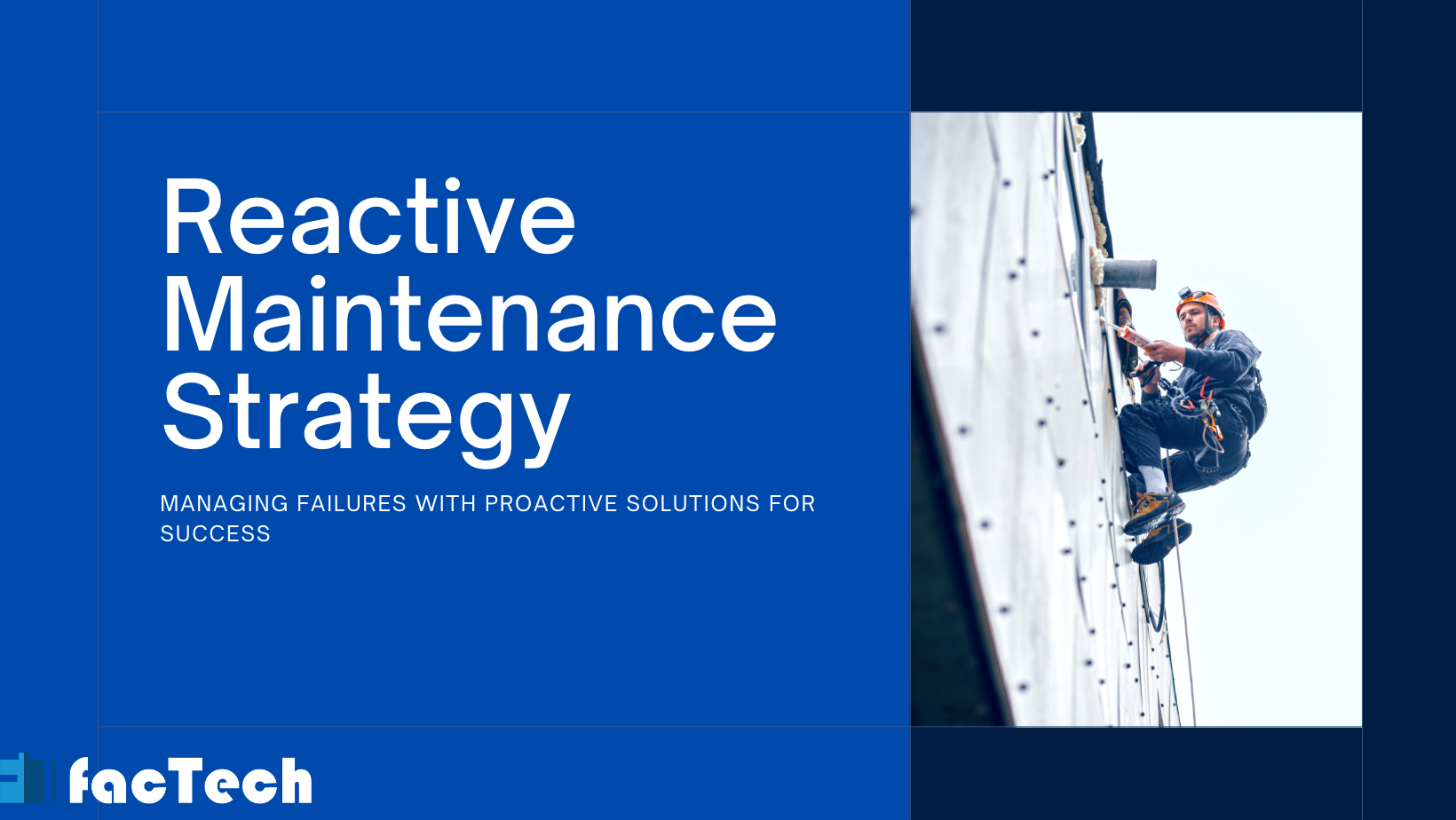
Reactive maintenance is a more aggressive form of failure maintenance that entails postponing repairs or replacements until they are absolutely necessary. Businesses that are financially constrained or when the likelihood of equipment failure is considered to be low frequently implement this approach.
Key Characteristics:
Extreme reactivity: Repairs are postponed for as long as possible.
Very high maintenance costs: Expensive repairs and replacements may be necessary to address severe damage.
Benefits:
Minimal initial expenses: Does not necessitate any investments in maintenance activities.
Disadvantages:
High risk of catastrophic failure: Can result in severe equipment damage or safety hazards.
Significant downtime: Can disrupt operations and result in lost productivity.
Selecting the Appropriate Approach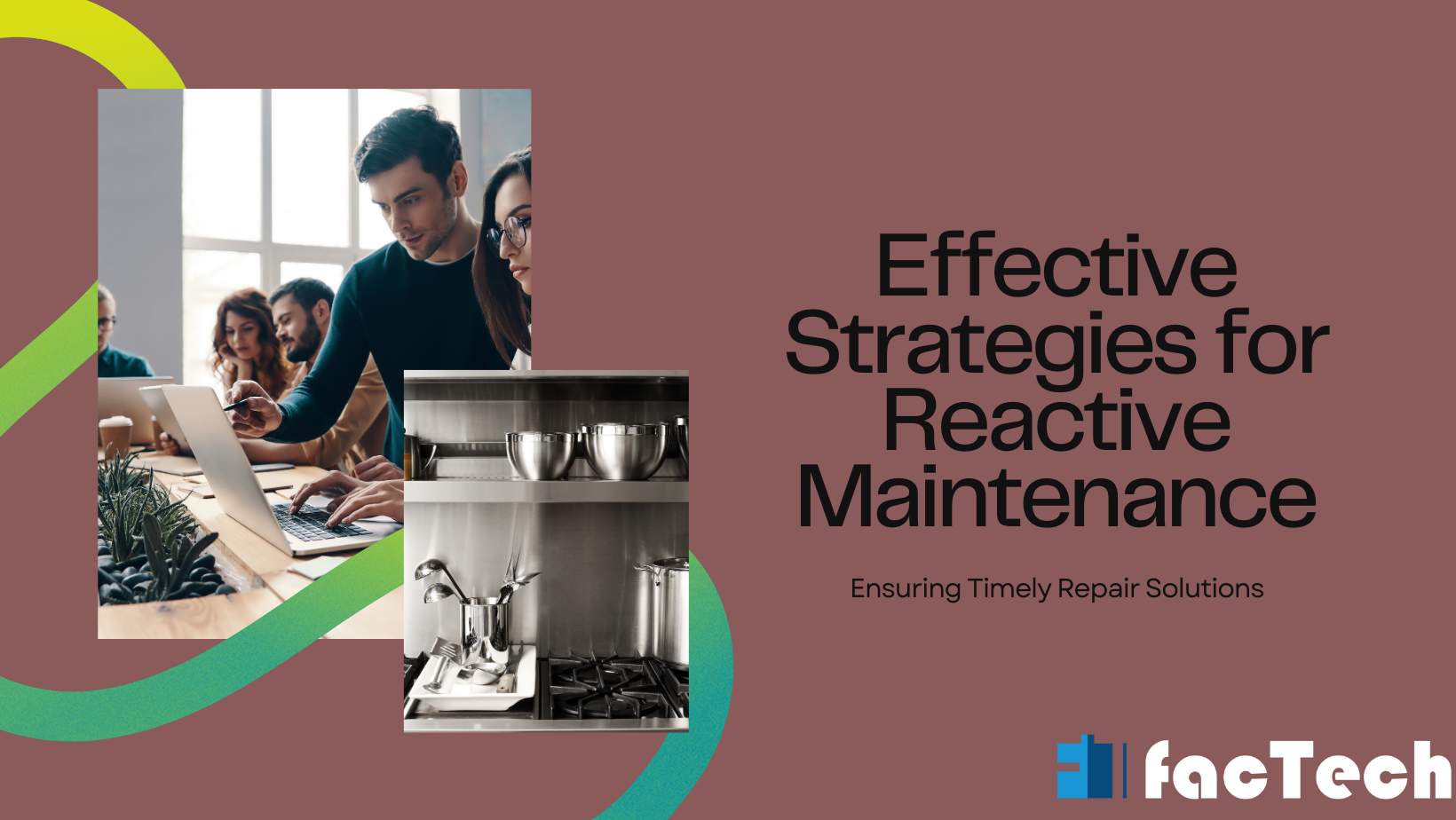
A business’s optimal maintenance services strategy is contingent upon a variety of factors, such as:
Equipment criticality: The significance of the equipment to operations.
Failure consequences: The potential impact of equipment failure on productivity, safety, and revenue.
Cost-benefit analysis: The cost of preventive maintenance versus the potential savings from avoiding breakdowns.
Resource availability: The availability of staff, equipment, and budget for maintenance activities.
In order to reconcile the necessity for cost-effectiveness with reliability, numerous organizations implement a combination of corrective, breakdown, and reactive maintenance strategies. Businesses can optimize their asset management practices and accomplish their operational objectives by meticulously evaluating these factors and customizing their maintenance strategy accordingly.
Reactive and Preventive Maintenance Services in Balance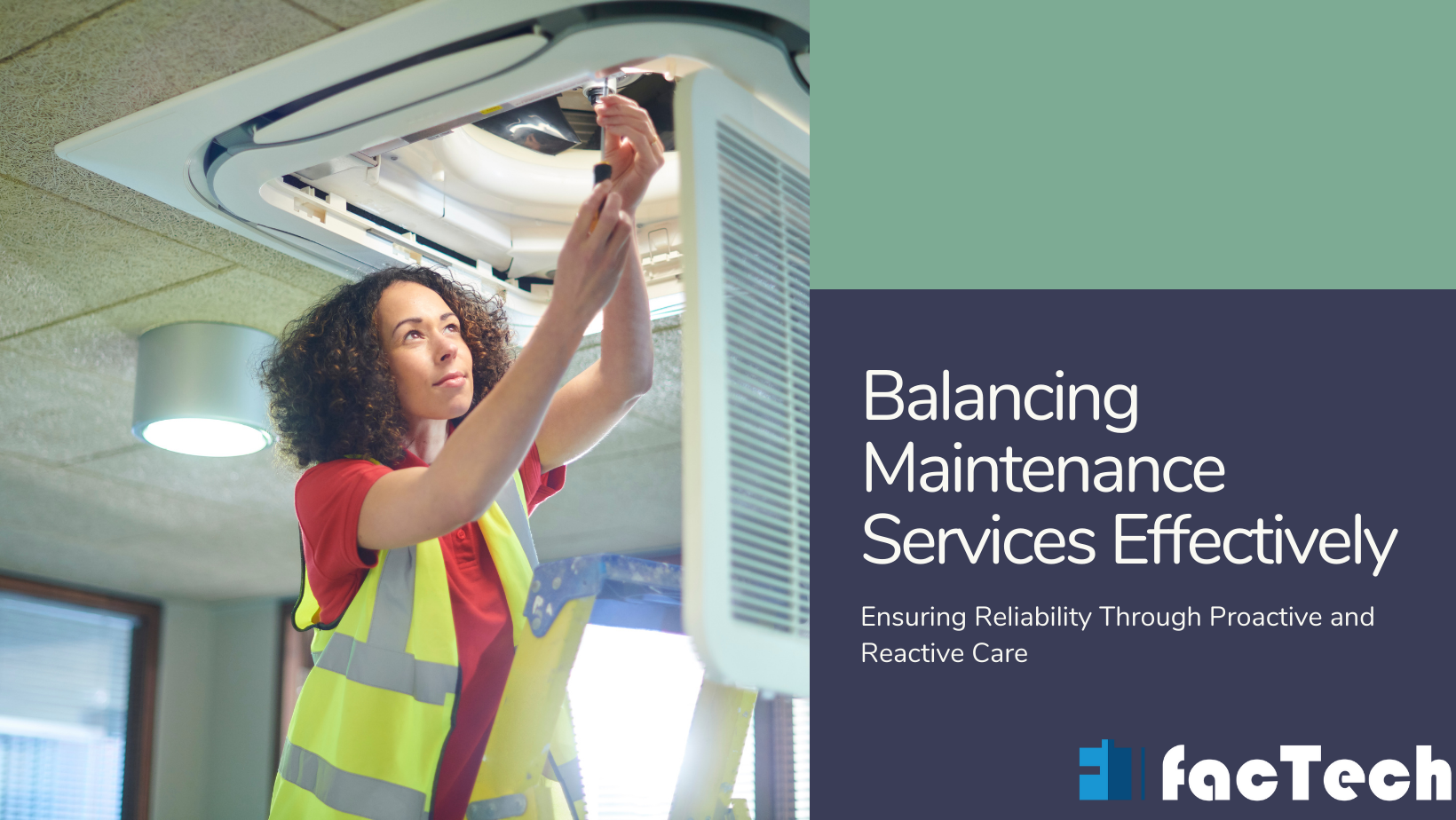
A balance between preventative and reactive techniques is necessary to reduce the risks associated with reactive maintenance and avoid major downtime. The following components should be included in a comprehensive maintenance strategy:
Risk assessment: Conduct a risk assessment to determine which equipment is essential and how much disruption it would cause if it failed.
Scheduling: Implement a defined schedule for these vital components’ replacements, lubrication, and inspections as preventive maintenance.
Condition Monitoring: To keep an eye on the condition of your equipment and identify any possible problems early, use technologies such as vibration measurement, infrared thermography, and oil analysis.
Analytics: Utilize data-driven methods and sophisticated analytics to anticipate equipment breakdowns and plan maintenance in advance with predictive maintenance.
Organizations may maximize their maintenance efforts, lower the chance of major downtime, and raise overall operational efficiency by integrating reactive and preventative maintenance techniques. A balanced strategy minimizes expenses and interruptions while guaranteeing efficient equipment maintenance.
Conclusion
Corrective, breakdown, and reactive maintenance each possess their own unique advantages and disadvantages. The selection of a strategy is contingent upon the unique requirements and circumstances of a business. Businesses can guarantee the optimal performance and longevity of their assets by making informed decisions based on a comprehension of the characteristics and implications of these approaches.
FAQs
Q: What distinguishes reactive, breakdown, and corrective maintenance from one another?
A: Although they are all concerned with handling equipment malfunctions, their timing and methods are different. The goal of planned and carried out corrective maintenance is to fix known problems before they cause malfunctions. Reactive in nature, breakdown maintenance takes place only after a failure has occurred. Corrective and preventative maintenance are combined under the more broad phrase “reactive maintenance.”
Q: What is the most proactive kind of maintenance service?
A: Aiming to stop problems before they start, corrective maintenance is the most proactive strategy.
Q: When is standard corrective maintenance done?
A: Predictive maintenance, inspections, or when equipment exhibits wear or degradation are common reasons for scheduling corrective maintenance.
Q: What advantages may corrective maintenance services offer?
A: Advantages include less maintenance expenses overall, increased safety, longer equipment life, and less downtime.
Q: Could corrective maintenance have any negative effects?
A: It can be expensive and time-consuming, particularly if not properly planned.
Q: What are the main reasons for maintenance breakdowns?
A: Environmental conditions, operator error, and equipment failure are common causes.
Q: What effects does breakdown maintenance have?
A: Neglecting maintenance can result in major delays, decreased output, higher expenses, and hazards to safety.
Q: What is the best way to reduce breakdown maintenance services?
A: A few ways to help lower the frequency of breakdowns are to implement predictive and preventive maintenance programs, train operators, and carry out routine inspections.
Q: How do reactive and corrective maintenance services relate to one other?
A: A more inclusive word for corrective and preventive maintenance is reactive maintenance. One kind of reactive maintenance that resolves identified problems before they cause failures is called corrective maintenance.
Q: What benefits and drawbacks come with reactive maintenance?
A: The benefit of reactive maintenance is that, in the short run, it may be more affordable. The drawbacks, however, are longer downtime, higher long-term expenses, and certain safety hazards.
Q: How can companies start using less reactive maintenance services?
A: A proactive approach to maintenance can be adopted by enterprises by investing in predictive and preventive maintenance programs.

